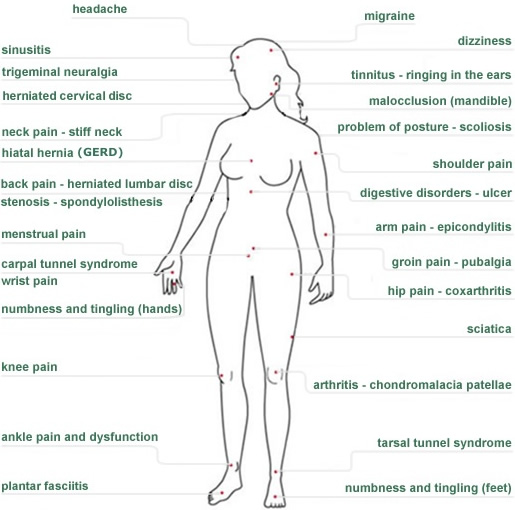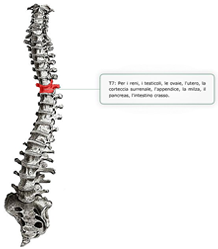The Chiropractic Adjustment Part 1
The Chiropractic Adjustment Part 1
As a chiropractor, I’m frequently asked “what does the cracking do?” I'll usually simplify my response by saying "it helps many things, but mainly it helps us to feel better.” This two-part newsletter will elaborate on some of the numerous, physiological benefits derived from chiropractic adjustments.
Fixations vs. Subluxations
Vertebrae and other bones that are not in alignment are called subluxations. Two or more vertebrae that are contiguously locked in place are called fixations. Subluxations are bones that are “out of place” while fixations are vertebrae that are stuck in place and move as a unit. Subluxations can occur in the spine as well as the extremities, while fixations are limited to the spine, sacrum, and pelvis.
Chiropractic Combined with Applied Kinesiology
I am a chiropractor who uses Applied Kinesiology. In practice, this means I ajdjust the spine and extremities by hand, but I also dig beneath the surface to investigate the causes of fixations and subluxations. When patients present with problems such as chronic fatigue, digestive disturbances, or sleep issues, I apply manual therapies to induce the body to heal itself. Healing continues as patients improve upon their own health.
Systemic Problems Must be Addressed Before Local Problems
People often present to my office with problems such as shoulder pain, knee pain, or back pain, then leave my office with no pain. In many cases, I've never even laid hands on the area of pain, yet symptoms vanish because I treated the body systemically. This is holistic medicine in action. While it may seem like magic at times, it really testifies to the fact that pain and symptoms are usually just the tip of the iceberg, and by addressing systemic problems first, local problems often come out in the wash.
Muscles Move Bones
Adjusting the spine or extremities provides pain relief, however the underlying causes of misalignment must also be addressed in order to avoid recurrance.
Muscles move bones, bones don’t move muscles. Muscles are under the control of the brain and nervous system, they don't operate autonomously. Muscles that become tight, or weak is the usually the result of aberrant nerve supply to that muscle. But how does this happen in the first place?
Muscles can “short-circuit” after a bodily injury or surgery, but more commonly the "short-circuiting" comes from organs and glands being overtaxed. Individual muscles are associated with specific organs and glands. For example, quadriceps muscles reflect small intestine function, and shoulder rotator cuff muscles reflect thyroid. As such, muscles malfunction when organs and glands are stressed. The end result of muscular imbalance is misaligned bones, and all the problems that come from that.
In my next newsletter I will expound on the causes and ramifications of subluxations and fixations and what can be done to prevent them.

 SCHEDULE AN APPOINTMENT
SCHEDULE AN APPOINTMENT









